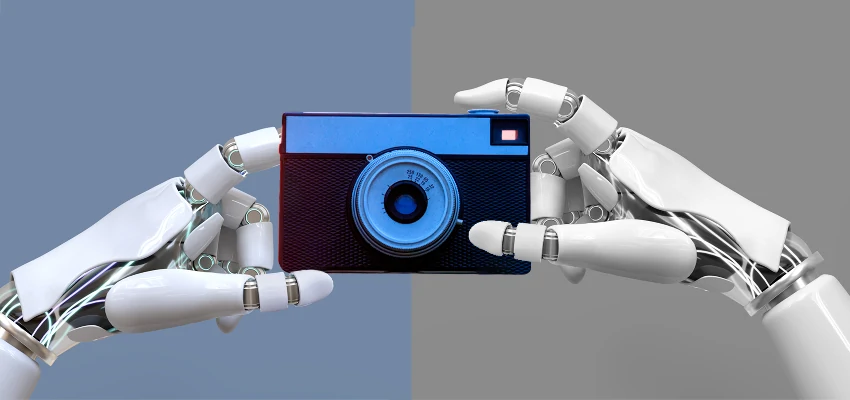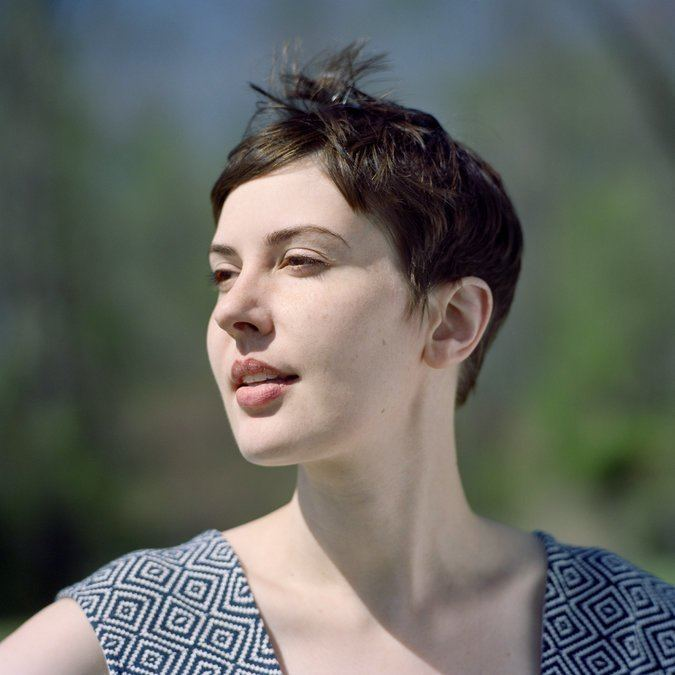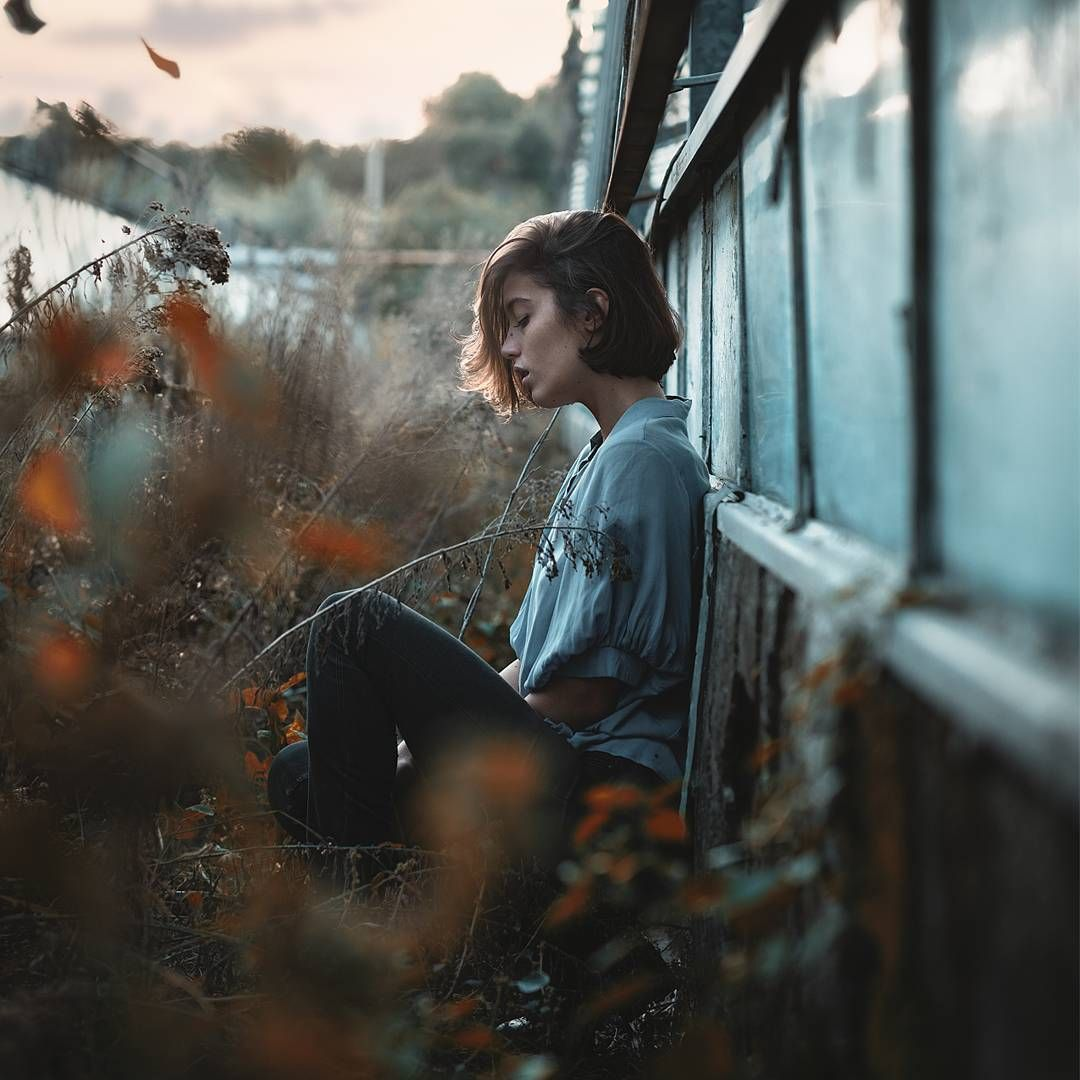AI in photojournalism is revolutionizing the way we capture and preserve the visual narrative of our world. With advancements in photography technology, artificial intelligence has become a double-edged sword, posing both challenges and opportunities for the industry. While the rise of AI-generated images raises concerns regarding authenticity, it also presents innovative solutions for preserving photo archives, ensuring that the history documented by photojournalists is not lost to time. As photojournalism navigates the complexities of trust and truth in an age of misinformation, understanding AI’s impact on journalism can help shape its future. By leveraging these new tools ethically, we can enhance the quality of storytelling and protect the essence of photojournalism amidst evolving challenges.
The integration of machine learning into visual storytelling represents a significant shift in contemporary photography practices. As we delve deeper into the influence of intelligent algorithms on the art of image-making, it is crucial to acknowledge both the threats and advantages they offer. Photographic documentation of important events is at risk, yet advancements in artificial intelligence could empower photojournalists to better manage their extensive collections of work. These emerging technologies not only hold the potential to revolutionize how we engage with historical photo archives but can also address the urgent concerns of integrity within the medium. By fostering a collaborative approach between human intuition and AI capabilities, we can pave the way for a more robust framework in photojournalism that values truth and preserves our visual history.
The Intersection of AI and Photojournalism
Today, the field of photojournalism stands at a critical crossroads as artificial intelligence (AI) continues to evolve and impact various aspects of the industry. AI in photojournalism presents both opportunities and challenges; while it threatens traditional practices through the creation of deepfakes and manipulated images, it can also serve as a tool for enhancing the archiving process and preserving historical visual records. By utilizing AI to analyze and organize photo archives, photojournalists can ensure that crucial images from pivotal events do not fade into obscurity, preserving the truth that images were once meant to represent.
Moreover, AI has the potential to redefine how we interpret and interact with archived photographs. Using advanced algorithms, AI can categorize and provide detailed insights about each image, making it easier for researchers and the public to find and access significant pieces of photojournalistic history. This not only helps in maintaining the integrity of archives but also enables storytelling that deeply resonates with the context of each photo. Therefore, the balance between trusting the technology and ensuring that AI serves the core values of photojournalism—truth and authenticity—is an ongoing conversation that needs to be thoroughly addressed.
Challenges in Preserving Photo Archives
The challenge of preserving photo archives in the photojournalistic community is compounded by the sheer volume of images generated daily. Many extraordinary photographs, particularly those capturing historical events, remain unseen and unpublished, amounting to a vast pool of powerful visual narratives at risk of being lost. Kira Pollack’s work emphasizes that it is critical to reimagine how these archives are maintained and accessed, transitioning from a perception of archives as mere storage to viewing them as vibrant, living collections. This perspective allows the historical significance of each photograph to shine through, reinforcing the importance of preserving our visual history.
To navigate this challenge effectively, Pollack emphasizes the need for innovative technology that not only protects these archives but also elevates their narratives. This includes exploring solutions that address metadata management and ensuring the ethical use of AI in cataloging these visuals. Transitioning to a culture of proactive archiving, where technology acts as an ally in facilitating access rather than as a hindrance, is key to ensuring these archives are not only preserved but also celebrated and shared with future generations.
The Ethical Dilemmas of AI in Journalism
With the rapid integration of AI into photojournalism, several ethical dilemmas have surfaced regarding copyright, authorship, and the erosion of public trust. As AI technology advances, the authenticity of images being circulated becomes increasingly questionable, raising concerns about how journalistic integrity is maintained. The challenge lies in leveraging AI to enhance the accessibility of genuine photojournalism while also safeguarding against the misuse of imagery and maintaining the trust that audiences place in visual storytelling.
Furthermore, the risk of AI scraping photographers’ work to train models without proper consent poses significant ethical concerns. It becomes crucial for professionals in the field to engage in discussions about ownership and rights as they adapt to new technologies. Establishing ethical frameworks and guidelines that govern how AI interacts with photojournalistic content will not only protect creators but also ensure that the integrity of journalism as a whole is maintained.
Leveraging AI for Analysis and Insights
The ability of AI to provide nuanced analysis of photographs offers unprecedented opportunities for photojournalists to understand and contextualize their work. By utilizing AI tools to dissect complex images, photojournalists can gain insights that enhance their storytelling capabilities and strengthen their narratives. For instance, AI can analyze emotional expressions or contextual symbols within an image, allowing for richer discussions surrounding each photograph’s implications and the events they depict.
Such analytical capabilities extend beyond mere categorization; they provide a nuanced understanding of the visual language and the emotional weight carried by images. Presenting this analytical data alongside the photographs can create deeper engagement and understanding among audiences, reinforcing the value of authentic photojournalism in an age increasingly dominated by fabricated visuals. Thus, the contributions of AI can serve as catalysts for enriched storytelling that honors both the image and its creator.
Cultivating Collaboration between Technologists and Photojournalists
Collaboration is essential in navigating the intersection of AI technology and photojournalism. The partnership between technologists and photojournalists fosters an environment that encourages innovation while addressing ethical concerns and preserving the artistic integrity of the visual medium. Pollack’s fellowship at the Shorenstein Center exemplifies this collaborative spirit, as she engages with experts from various fields to explore how AI can be harnessed for the greater good of photojournalism.
Finding solutions that serve both the technological and artistic communities not only aids in the preservation of archives but also enhances the overall approach to visual storytelling. This synergy can lead to the development of innovative tools and approaches to photojournalism, ensuring that the core values of truth, memory, and authorship remain intact even as technology evolves. Ultimately, the goal is to empower photojournalists to remain at the forefront of their craft, utilizing AI as an ally rather than a competitor.
Future Prospects for AI and Photojournalism
The future of photojournalism in the age of AI presents a landscape filled with both opportunities for growth and challenges to overcome. As the conversation around technology continues to evolve, it is imperative for photojournalists to engage with AI thoughtfully and strategically, integrating it into their workflow in a way that reinforces the authenticity of their craft. Public trust remains a primary concern, making it essential to ensure that AI’s role in photojournalism serves as a means of enhancing, rather than detracting from, the integrity of visual storytelling.
In this context, the focus should not only be on the threats posed by AI but also on the vast potential it holds for enriching photojournalism. By proactively exploring the multitude of ways AI can support preservation, categorization, and emotional analysis within photo archives, photojournalists can ensure that their work continues to resonate with audiences and fulfill its role as a reliable historical record. An informed and intentional approach to integrating AI will allow photojournalism to adapt and thrive in a dynamic digital landscape.
Innovating Preservation Techniques for Photo Archives
In light of the challenges faced by photojournalism in preserving valuable archives, it is vital to adopt innovative preservation techniques that embrace modern technology. The deployment of AI tools in this realm can facilitate not just the preservation of images but also their accessibility, enabling researchers and the public to explore photo archives with ease. For photojournalists, embracing such innovations can lead to an enriched understanding of their work’s historical and emotional significance.
Implementing AI for tasks such as automatic tagging and image recognition allows for a more organized and comprehensive database of photojournalistic work. By enhancing the discoverability of these images, the archiving process can transform from a static compilation of photos into an interactive experience that tells a richer story about the events captured. As technology continues to advance, photojournalists can leverage AI to ensure their archives are not only preserved but also dynamically represented in a manner that resonates with contemporary audiences.
AI’s Role in Shaping Future Photojournalism Education
As AI continues to make its mark on photojournalism, it becomes increasingly important to consider its role in shaping future education for aspiring photojournalists. Incorporating AI technology into educational frameworks can prepare the next generation of visual storytellers for a rapidly evolving industry, teaching them how to leverage tools that can enhance their craft while also grappling with the ethical considerations of AI. Institutions should aim to offer training that balances technical skills with an understanding of the core values of journalism.
Moreover, developing curricula that encourage critical thinking about the implications of AI on visual media is essential. Future photojournalists must learn not just how to use technology, but also how to question its impact on storytelling and audience trust. By fostering a culture of innovation and ethics in photojournalism education, we can ensure that graduates are equipped with the knowledge and skills necessary to navigate an increasingly complex media landscape, while remaining committed to the integrity of their craft.
Navigating Copyright Issues in the Era of AI
The introduction of AI into photojournalism intensifies the ongoing conversation surrounding copyright and intellectual property rights. As AI tools increasingly source content from existing images to learn and generate new artworks, the line between inspiration and infringement becomes blurred. Photojournalists may face unexpected challenges in protecting their work from unauthorized use, highlighting the need for robust copyright regulations that adapt to the realities of AI technology.
To defend their rights effectively, photojournalists should actively engage in discussions about how copyright laws can evolve to protect creators in an AI-driven landscape. In parallel, there needs to be clear communication regarding consent and ethical practices in utilizing existing images for AI training. By fostering an environment where the rights of photographers are upheld, the photography community will be better positioned to advocate for their interests while embracing the benefits that AI can bring to visual storytelling.
Frequently Asked Questions
What is the impact of AI in photojournalism regarding the preservation of photo archives?
AI in photojournalism offers innovative solutions for preserving photo archives by enabling efficient cataloging and organization of vast collections. By utilizing AI technologies, photojournalists can safeguard their archives, ensuring that invaluable visual records of significant historical events remain accessible and well-organized. This addresses the challenge of maintaining photo archives while also adapting to the evolving landscape of photography technology.
How is artificial intelligence influencing the challenges faced by photojournalism today?
Artificial intelligence presents unique challenges for photojournalism, including concerns about misinformation through synthetic images and copyright violations. As AI-generated content becomes more sophisticated, it blurs the lines of authenticity, potentially undermining public trust in visual journalism. However, AI also provides opportunities to strengthen authenticity and protect the integrity of real photojournalism archives.
Can AI help address the challenges of visual storytelling in photojournalism?
Yes, AI can significantly bolster visual storytelling in photojournalism by analyzing complex images and extracting nuanced insights. It helps photojournalists contextualize their work, enhancing the narrative quality of their photography while highlighting the emotional and symbolic aspects of captured moments. This application of AI supports the premise that technology can enrich the storytelling dimension of photojournalism.
What are the potential benefits of using AI in preserving photojournalism archives?
Using AI in preserving photojournalism archives can lead to numerous benefits, including improved accessibility, better organization, and more effective indexing of images. AI-driven tools can help identify and categorize previously unseen images, facilitating the discovery of historical visual records. This can ensure that essential narratives in photojournalism are preserved and appreciated for future generations.
How does AI technology pose a threat to the integrity of photojournalism?
AI technology poses a threat to the integrity of photojournalism by enabling the creation of hyper-realistic images that can mislead audiences about what is real. The rise of generative AI leads to concerns about unauthorized use of photographers’ works, which could result in copyright infringement and ethical dilemmas. This duality of AI poses a challenge for photojournalism as it must balance innovation with adherence to its core principles of truth and authenticity.
In what ways can AI enhance the trustworthiness of photojournalism?
AI can enhance the trustworthiness of photojournalism by helping to authenticate images, manage copyright protections, and systematically organize archives for better transparency. By leveraging AI for cataloging and contextualizing historical images, photojournalists can ensure that their work is not only preserved but also presented in a manner that emphasizes accuracy and authenticity.
What role does AI play in the evolution of photography technology within photojournalism?
AI plays a transformative role in the evolution of photography technology within photojournalism by automating processes such as image recognition, categorization, and even editorial decisions. This technological advancement allows photojournalists to focus more on creative storytelling while AI aids in optimizing workflows and enhancing the overall quality of visual content.
How can photojournalists ethically utilize AI without compromising their work?
Photojournalists can ethically utilize AI by implementing safeguards that protect their images from unauthorized use and ensuring that AI applications respect authorship rights. By focusing on utilizing AI for organizing and cataloging rather than generating content, photojournalism can leverage AI technology while maintaining its commitment to ethical standards and protecting the integrity of its visual narratives.
What future developments in AI could further influence photojournalism?
Future developments in AI could lead to more sophisticated image analysis tools, allowing photographers to gain deeper insights into their work. Enhanced AI capabilities could also facilitate improved collaboration between photographers and technologists, driving innovation in how stories are told visually. Such advancements have the potential to redefine how photojournalism engages with audiences while preserving the authenticity of the visual record.
| Key Points | Details |
|---|---|
| Impact of AI | AI poses an existential threat to traditional photography, including copyright violations and trust issues stemming from synthetic images. |
| Kira Pollack’s Role | Kira Pollack is researching ways to leverage AI to protect and preserve photojournalistic archives, highlighting their historical significance. |
| Archival Challenges | 95% of photojournalists’ images remain unpublished and at risk of being lost amidst the rise of AI. |
| AI’s Potential | Pollack is exploring how AI can help in cataloging, organizing, and providing context to vast photo archives without compromising integrity. |
| Case Studies | Early experiments show AI can analyze complex images from photojournalists, providing insights and enhancing the understanding of archived work. |
| Trust Issues | Concerns exist regarding AI’s potential to erode trust in photography due to the creation of photorealistic images without a true photographic record. |
| Future Aspirations | Pollack aims to inform the future of photojournalism through thoughtful engagement with the implications of AI technologies. |
Summary
AI in photojournalism presents both challenges and opportunities as explored by Kira Pollack. While the advancement of artificial intelligence raises concerns about authenticity and copyright, it also offers innovative solutions to preserve the rich archives of photojournalists. By understanding and harnessing AI technology, there is potential to safeguard the historical visual narratives captured by photographers, ensuring their significance is maintained for future generations. Pollack’s research focuses on not only addressing the risks but also exploring how AI can facilitate a deeper engagement with these archives, thereby enriching the field of photojournalism.



